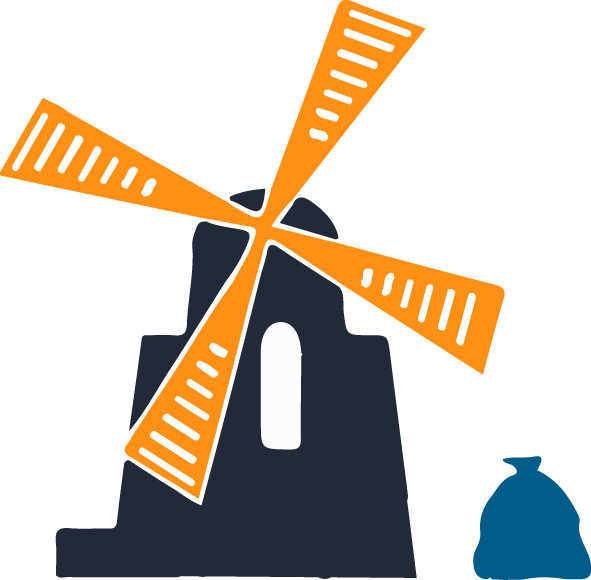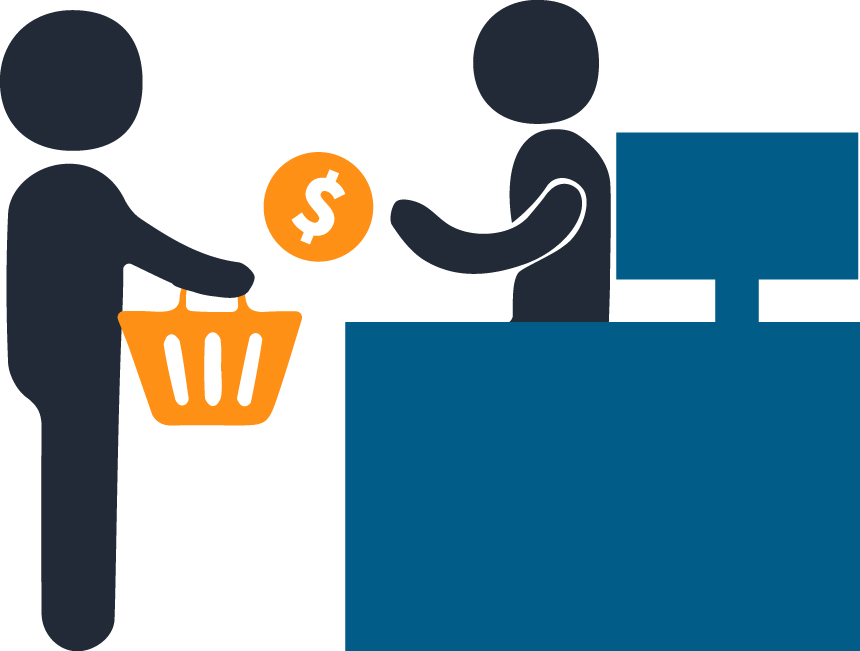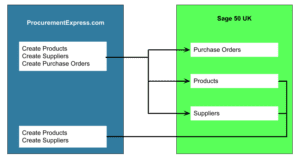 Many people use the terms procurement and purchasing interchangeably, there is a debate that the difference is merely semantics and that there is no difference between purchasing and procurement it just boils down to which word people prefer to use, this is probably due to the fact that purchasing does generally involve procurement at some or other level as one does not simply purchase things from thin air.
Many people use the terms procurement and purchasing interchangeably, there is a debate that the difference is merely semantics and that there is no difference between purchasing and procurement it just boils down to which word people prefer to use, this is probably due to the fact that purchasing does generally involve procurement at some or other level as one does not simply purchase things from thin air.
Purchasing is the process of ordering and receiving goods and services. Purchasing is a subset of the larger procurement process and purchasing generally refers to the processes involved in ordering goods or services, such as requisitions, approvals, creation of purchase orders and receiving of goods.
Procurement is more broadly defined as the overarching function that describes the activities and processes to acquire goods and services or more simply put, it’s the things you do to get to the purchasing stage. Procurement involves the activities involved in establishing fundamental requirements, sourcing activities such as market research and vendor evaluation and negotiation of contracts. It can also include the purchasing activities required to order and receive goods. Procurement is concerned with acquiring (procuring) all of the goods, services and work that are vital to a business
So is there a difference between purchasing and procurement? Is it really just semantics? Seeing as the procurement process includes the purchasing process it’s understandable that people would think there is no difference, conversely all purchasing tends to have some kind of procurement process involved with it too. Identifying a need and sourcing a vendor for the goods or services needed to fulfill that need falls under the procurement heading, the creation of the order and the payments for said goods or services falls under the purchasing heading and purchasing is part of the procurement process.
It’s easy to see why there is confusion over the terminology that should be used as procurement is an umbrella term that includes the purchasing functions and technically there is no purchasing without some form of procurement, but the two are not interchangeable and using them as such can cause a lot of confusion. So how do we further define these terms? The main difference behind these two terms is intent. Purchasing is more tactical in nature, I need something so I buy it, procurement however is more strategic in nature, I identify my needs, contact potential suppliers, compare bids, negotiate a contract, and finally buy the goods or services.
 Here’s a real world example for you. Imagine you’re running a bakery. Business is going well, but you’ve noticed that more and more frequently customers or groups of customers are asking if you accept credit or debit card payments. The majority of your business transactions have always taken place with cash and more often than not those who ask to pay by card do have some cash on them, but you recognize that not everyone does and you need to address the situation as you can’t be letting people leave without buying anything especially if the only reason they aren’t buying is because you don’t have the facilities for them to do so. You need to find a way to accept credit and debit card payments. You do your research and decide to go with a company of your choosing, the reasons behind the decision of whom to go with vary greatly from business to business not even just industry to industry. Once you are sure you have found the best fit for you, you purchase the software. What you have now is an item that is important to your business and increasing profits, but it is not a business critical item because you’ve been a functioning business for many years by only accepting cash, this is purchasing.
Here’s a real world example for you. Imagine you’re running a bakery. Business is going well, but you’ve noticed that more and more frequently customers or groups of customers are asking if you accept credit or debit card payments. The majority of your business transactions have always taken place with cash and more often than not those who ask to pay by card do have some cash on them, but you recognize that not everyone does and you need to address the situation as you can’t be letting people leave without buying anything especially if the only reason they aren’t buying is because you don’t have the facilities for them to do so. You need to find a way to accept credit and debit card payments. You do your research and decide to go with a company of your choosing, the reasons behind the decision of whom to go with vary greatly from business to business not even just industry to industry. Once you are sure you have found the best fit for you, you purchase the software. What you have now is an item that is important to your business and increasing profits, but it is not a business critical item because you’ve been a functioning business for many years by only accepting cash, this is purchasing.
Your business needs flour, everything you make involves the use of flour. You also make a strategic decision to focus on locally milled flour since it fits in with your company’s mission and image you are trying to maintain. So you set off to contact flour suppliers and request information on the source of their flour. You reject any supplier without local sources, and now you’re left with a handful of suppliers. Due to the fact that you’ll be buying frequently and in bulk, you run an RFP (Request for proposal) to see what the remaining suppliers can offer in terms of price and delivery options etc. You analyze the bids, and sign a contract with the supplier who can delivery locally milled flour on the days you request for the lowest price. As previously mentioned flour is a critical item to your company since you use it to make everything you sell, if you have no flour you have no bakery and this is procurement.
 You could have just simply purchased your flour from the first acceptable supplier you found. However, if you had done this, you wouldn’t have leveraged your buying power to make sure you’re receiving the best possible prices or terms. As a business-critical item, it makes sense to go about obtaining flour in the most strategic way possible.
You could have just simply purchased your flour from the first acceptable supplier you found. However, if you had done this, you wouldn’t have leveraged your buying power to make sure you’re receiving the best possible prices or terms. As a business-critical item, it makes sense to go about obtaining flour in the most strategic way possible.
So in conclusion procurement is an overarching term to refer to the strategic vetting, selection and negotiation of contracts and suppliers of goods, services and works that are generally of critical importance to a business – be it either through their ability to affect the bottom line or via its risk profile. Whereas purchasing refers to transactional activity, often (but not always) for less critical, lower risk or lower profile requirements.
To further simplify – I’m hungry, I buy a sandwich – purchasing. I’m hungry every day, I find a sandwich provider that can supply me daily with some variety and come to an agreement that I will be obtaining said sandwiches on a daily basis, possibly including a repeat business discount or even delivery of the required sandwiches – procurement.



